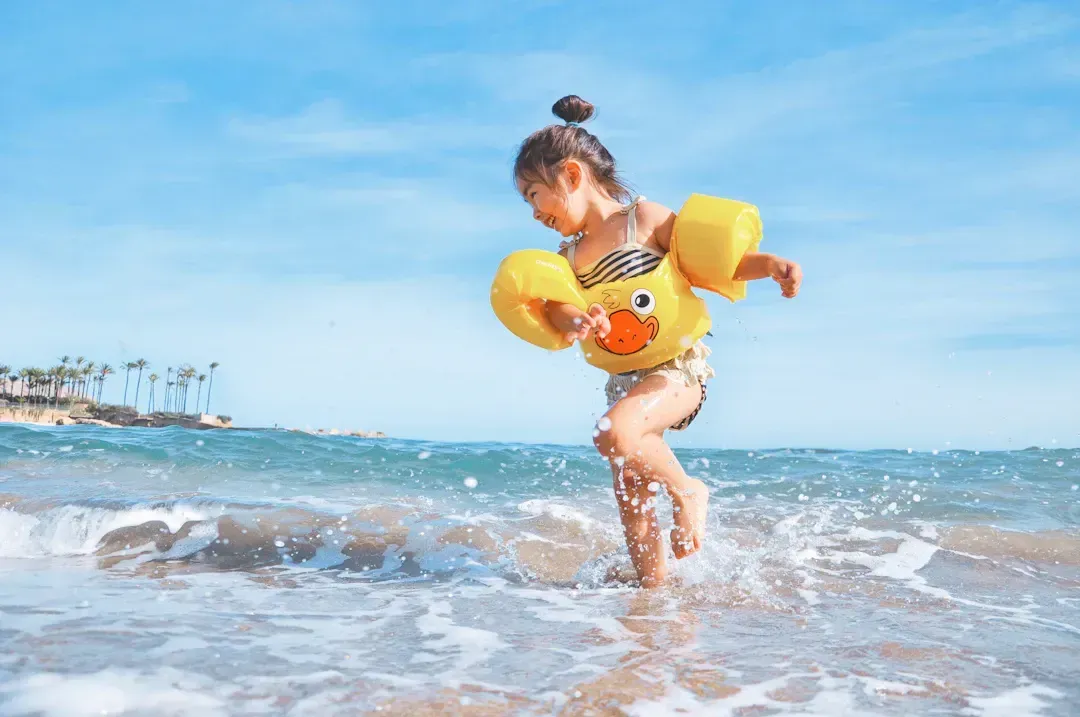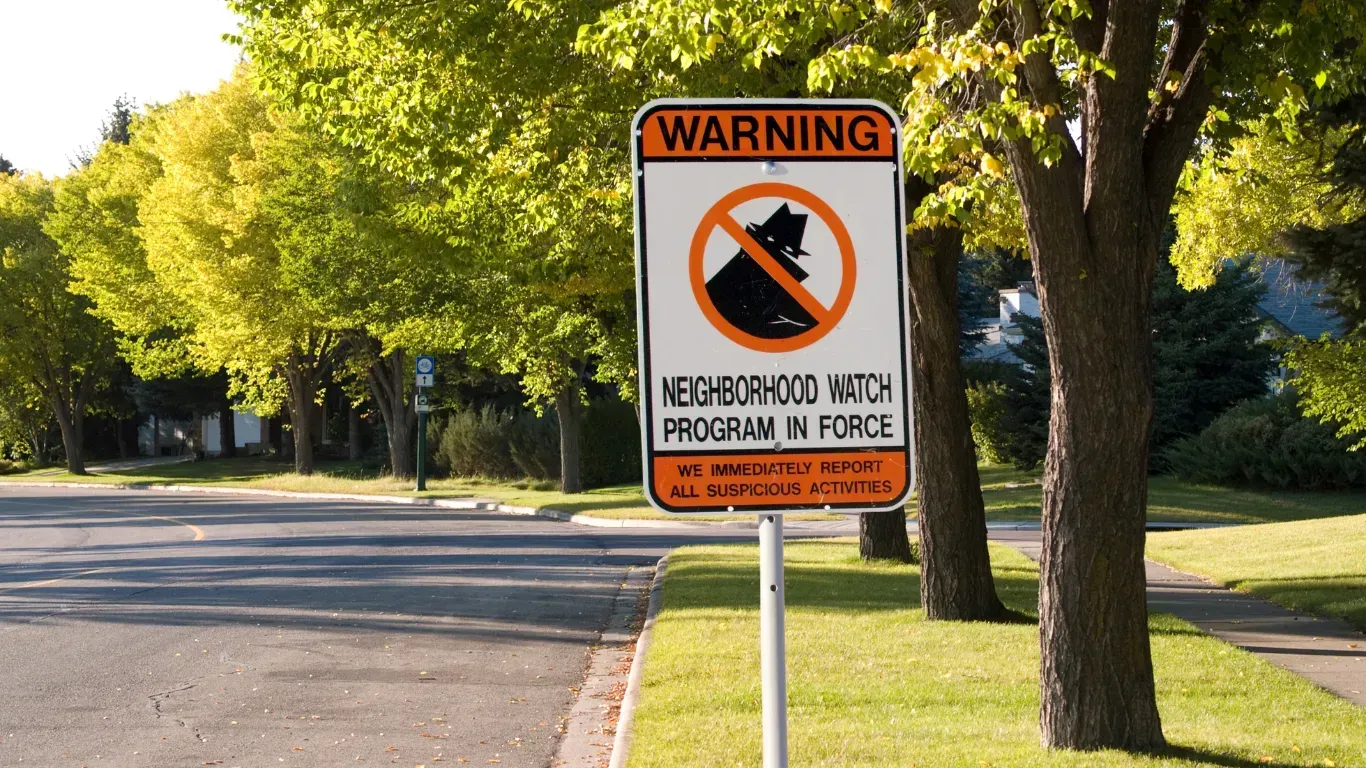Staying Safe in the Splash: Summer Water Safety Tips for Children – by Vivian Havlin Staying Safe in the Splash: Summer Water Safety Tips for Children – by Vivian Havlin
This article has been written by Vivian Havlin

Staying Safe in the Splash: Summer Water Safety Tips for Children – by Vivian Havlin
Summer is the season of sunshine, fun, and plenty of time spent in and around water. Whether it's a day at the beach, swimming in a pool, or running through sprinklers, kids are naturally drawn to water when the weather gets hot. However, with all the excitement comes the critical need for water safety. Drowning is one of the leading causes of accidental death in children, making it essential for parents, caregivers, and communities to take proactive steps to ensure every splash is a safe one.
Here’s a comprehensive guide to summer water safety for children:
1. Always Supervise
Children should never be left alone near water—not even for a second. Active, undistracted supervision is key. This means putting down phones, books, or other distractions and always keeping your eyes on your child. For group settings, designate a “water watcher” who is responsible for supervision in rotating shifts.
2. Teach Swimming Early
Swimming lessons are one of the most effective ways to prevent drowning. The American Academy of Pediatrics recommends starting swim lessons as early as age 1, depending on the child’s development and comfort level. Lessons should focus not just on technique, but on survival skills like floating, treading water, and exiting the pool.
3. Use Life Jackets Properly
For boating, lakes, or other open water, U.S. Coast Guard-approved life jackets are a must—especially for children who can't swim confidently. Pool floaties and inflatable toys are not substitutes for life jackets and should never be relied on for safety.
4. Secure Home Pools
If you have a pool at home, secure it with:
• A four-sided fence at least four feet high with a self-latching gate
• Pool covers and alarms for additional security
• Safety equipment like reaching poles and life rings nearby
• Teach kids to never enter the pool area without adult permission.
5. Learn CPR
Knowing how to respond in an emergency can save a child’s life. Take a CPR course, and make sure all caregivers and babysitters are trained too. Quick action can double or triple a person’s chance of survival after drowning.
6. Teach Water Rules
Children should know basic water rules, including:
• No running near pools
• No diving in shallow water
• Always swim with a buddy
• Ask permission before going near water
These simple rules can prevent many common accidents.
7. Stay Hydrated and Use Sunscreen
Playing in water doesn’t mean kids can’t get sunburned or dehydrated. Ensure they drink plenty of fluids, wear waterproof sunscreen, and take breaks in the shade to protect their skin and energy levels.
8. Understand Water Hazards
Each water environment comes with its own risks:
• Pools: Slippery surfaces and deep ends
• Beaches: Rip currents and waves
• Lakes and rivers: Murky water, debris, and sudden drop-offs
• Splash pads and water parks: Overcrowding and hard surfaces
Teach children to respect water, know the limits, and be aware of their surroundings.
Conclusion
Water play is one of the highlights of summer—but it should never come at the cost of safety. With the right precautions and education, children can enjoy the water with confidence and joy. As adults, it’s our responsibility to ensure every summer memory made near the water is a safe and happy one.
Until next time—stay informed, stay safe, and look out for each other—because awareness is our best defense!
To contact our office, call 305-470-1670 or visit our website www.citizenscrimewatch.org.







Share this article


